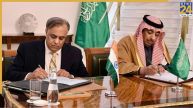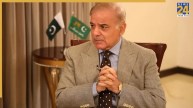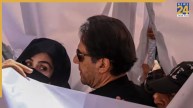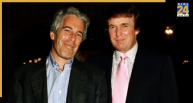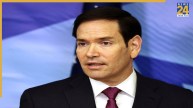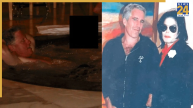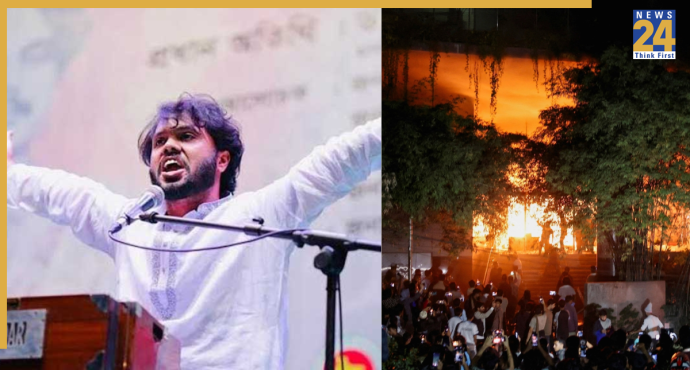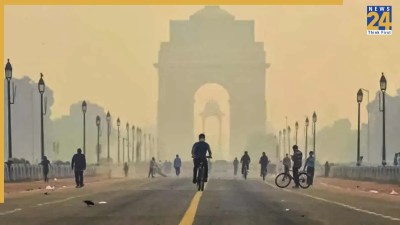Washington (US): Twitter, Elon Musk’s newly acquired microblogging platform, has begun labelling Indian government and media identities as “official” ahead of the rollout of blue tick subscriptions across India.
The “official” term was discovered in the Twitter usernames of different Indian government agencies. The “official label” is also used by the Prime Minister’s Office, Prime Minister Narendra Modi’s official Twitter account, and Defence Minister Rajnath Singh’s Twitter account. Earlier, Twitter executive Esther Crawford revealed on Tuesday that he will roll out a second verification badge to prevent misunderstanding between authentic accounts and those that pay for their blue ticks, according to the New York Post.
According to Twitter CEO Esther Crawford, verified accounts will now have a “Official” badge beneath their handle, as well as a grey verification tick.
She went on to say that the marking will help users differentiate between legitimate accounts and the Twitter Blue subscription, which will replace the blue check formerly used for verified accounts.
“Not all previously verified accounts will receive the ‘Official’ badge, and the label is not available for purchase,” Crawford told the New York Post.
“Government accounts, commercial companies, business partners, significant media outlets, publishers, and some public figures,” she added, will have official pages.
Twitter has not explained how it would choose which accounts are labelled as “official.”
Musk confirmed the claims last week, announcing that the company will charge USD 8 per month for Twitter’s membership service, which includes priority answers, mentions, and searches.
“Twitter’s existing lords and peasants mechanism for determining who has and does not have a blue checkmark is nonsense. The people have the upper hand! Blue for USD 8 per month “He tweeted about it.
However, many people were disappointed by Musk’s choice to add the blue tick cost. Even some advertisers distanced themselves from the site. The Twitter Blue membership was widely released over a year ago as a way to access ad-free articles from certain publishers and make additional changes to the app, such as a different colour home screen icon.
Twitter accepted Musk’s plan to buy the social media site and take it private in April. Musk, on the other hand, quickly cast doubt on his plans to follow through on the arrangement, claiming that the firm failed to sufficiently reveal the quantity of spam and fraudulent accounts on the service. In July, Elon Musk, who had long shown interest in purchasing Twitter, abruptly cancelled the transaction. The Tesla CEO claimed that Twitter broke their mutual purchase agreement by misrepresenting the quantity of spam and fraudulent bot accounts on its network.



